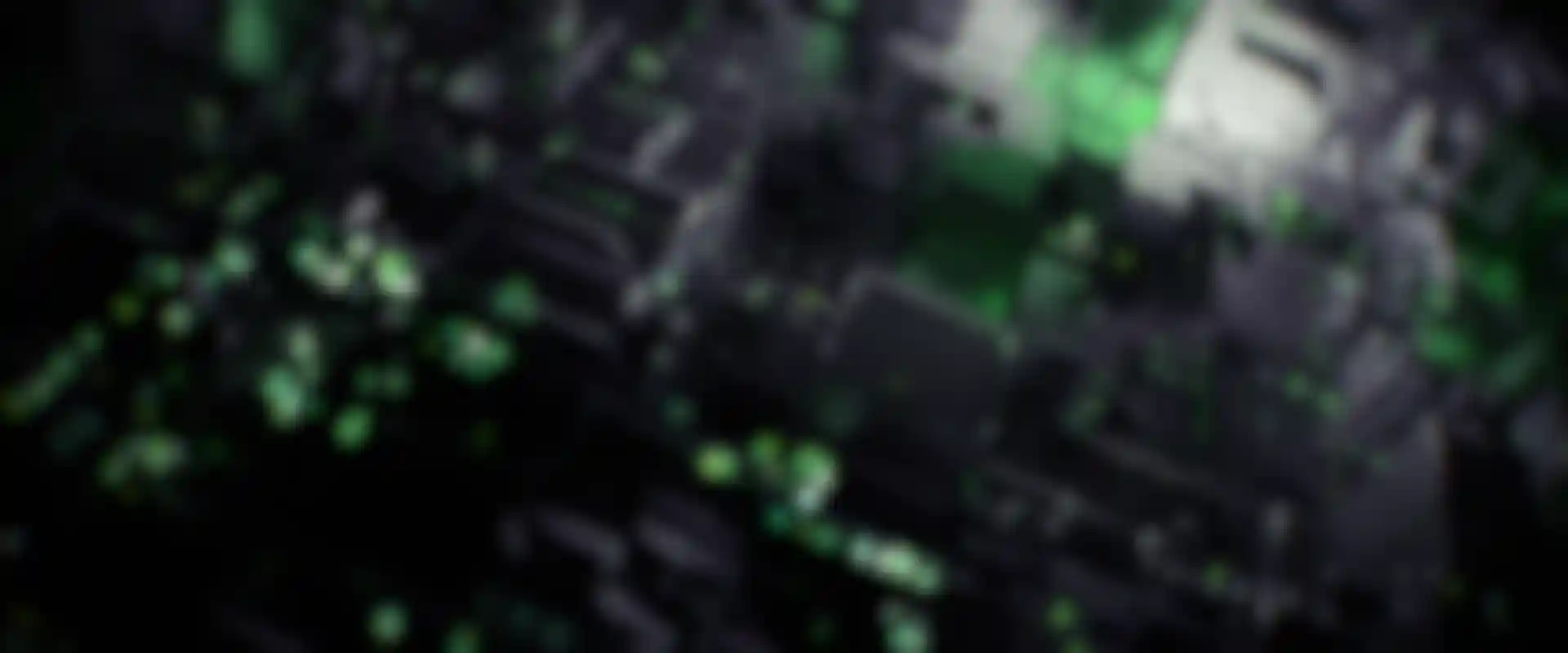
MAXON HISTORY

Maxon was founded in 1986 in Germany by students Harald Egel, Uwe Bärtels and Harald Schneider as a publisher of computer magazines for Amiga and Atari users. The three students were given an opportunity to write a book about the Atari ST computer in 1986 but decided that magazine publishing was a more lucrative endeavor. So, they quit their studies and founded Maxon. Maxon’s early publications included the magazines Amiga Kickstart and Atari ST Computer, in which they hosted monthly programming contests.

Brothers Christian and Philip Losch from Germany decided to enter the monthly programming contest in 1989 but couldn’t decide whether to create a spreadsheet program or a raytracer. On a coin flip, they decided to develop a raytracer for Commodore Amiga, then entered and won Kickstart magazine’s monthly programming contest for Amiga Computers. The raytracer had no graphical user interface yet and scenes to be rendered had to be entered as text files. This early raytracer eventually became the product, FastRay.
Maxon expanded its software offerings by the year 1991, developing different solutions like compilers for Basic and Pascal, Maxon CAD and a variety of other tools.
FastRay was released during this same year, which was the early beginning of Cinema 4D. It featured a GUI but still no 3D Editor View. The industry was blown away by Fastray’s rendering speed.
Watch FastRay’s UI in Action. Courtesy Render Seb
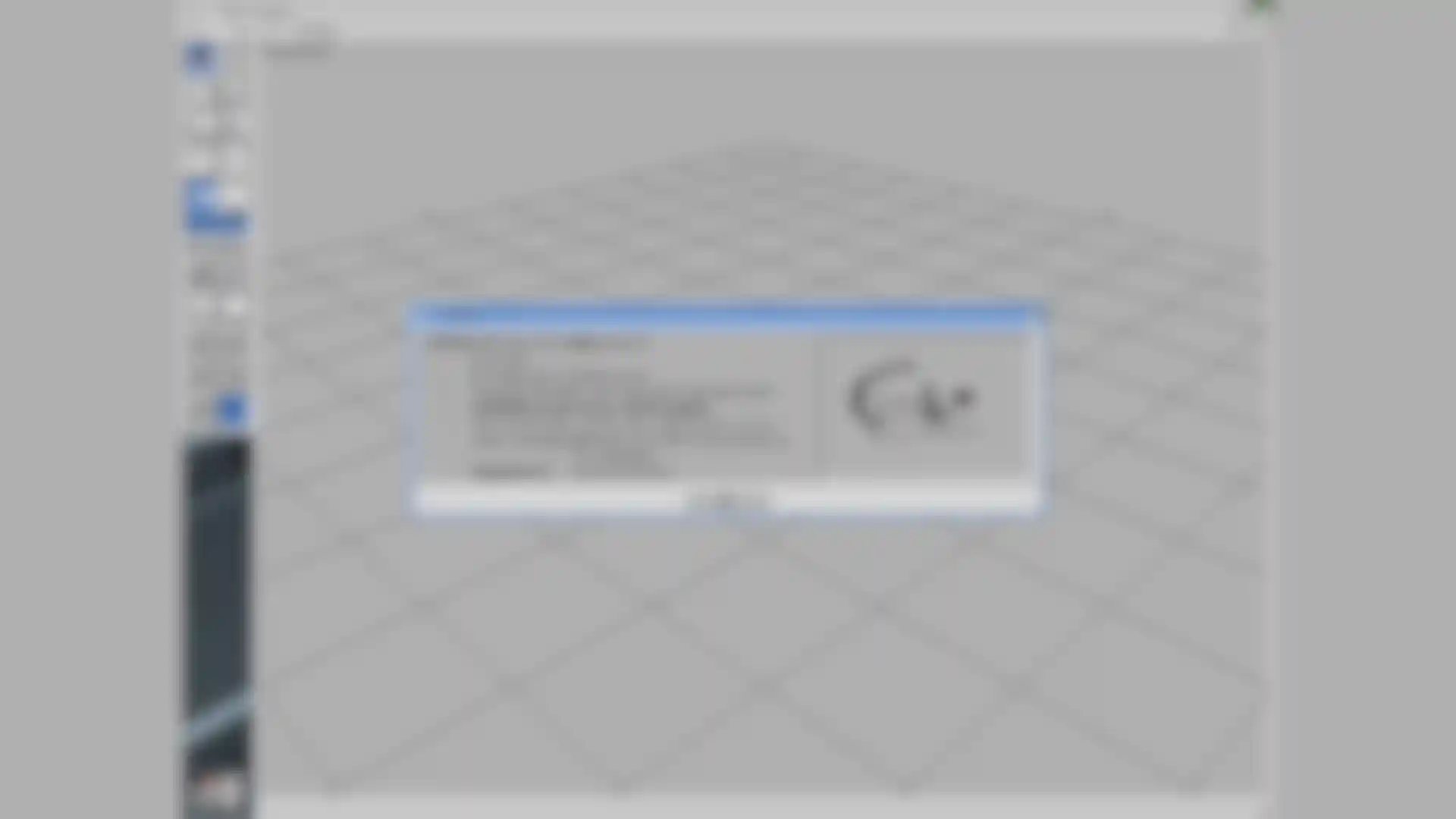
Fastray evolved into Cinema 4D and V1 for Amiga was released in 1993.
With Atari and Amiga on the decline the development team looked for long-term platform solutions in 1996. It was this year that Cinema 4D was ported from Amiga to a new, modern cross-platform architecture. Version 4 was released for Amiga, Windows and Mac OS. Cinema 4D V4 included the introduction of the Object Manager - a key component of Cinema 4D’s workflow to this day. Join our friend and former employee Dimitris Katsafouros for a tour of Cinema 4D V4.

In 2000, Maxon became a subsidiary of Nemetschek. It is during this same year that BodyPaint 3D was launched as an innovative 3D painting application available as an integrated part of Cinema 4D or as a standalone product for use with other 3D applications.
Maxon also introduced Cinebench for the first time, its benchmarking tool based on Cinema 4D’s rendering technology. Today, Cinebench is still an industry standard benchmark used by journalists, hardware manufacturers and computer users worldwide to measure hardware performance.

In 2006, Maxon released MoGraph with Cinema 4D R9.6. The MoGraph toolset innovated and defined 3D motion graphics and created a whole new world of possibilities in procedural modeling and animation. MoGraph quickly established Cinema 4D as the industry standard for motion graphics and broadcast design.
The MoGraph module in Cinema 4D was honored by the Acadamy of Motion Picture Arts and Sciences with a Technical Achievement Award in 2018. The Academy recognized Maxon developer, Per-Anders Edwards, for the initial design and development of the MoGraph toolset that "provides a fast, non-destructive and intuitive workflow for motion designers to create animated 3D graphics, as used for title design and fictional user interfaces in motion pictures."
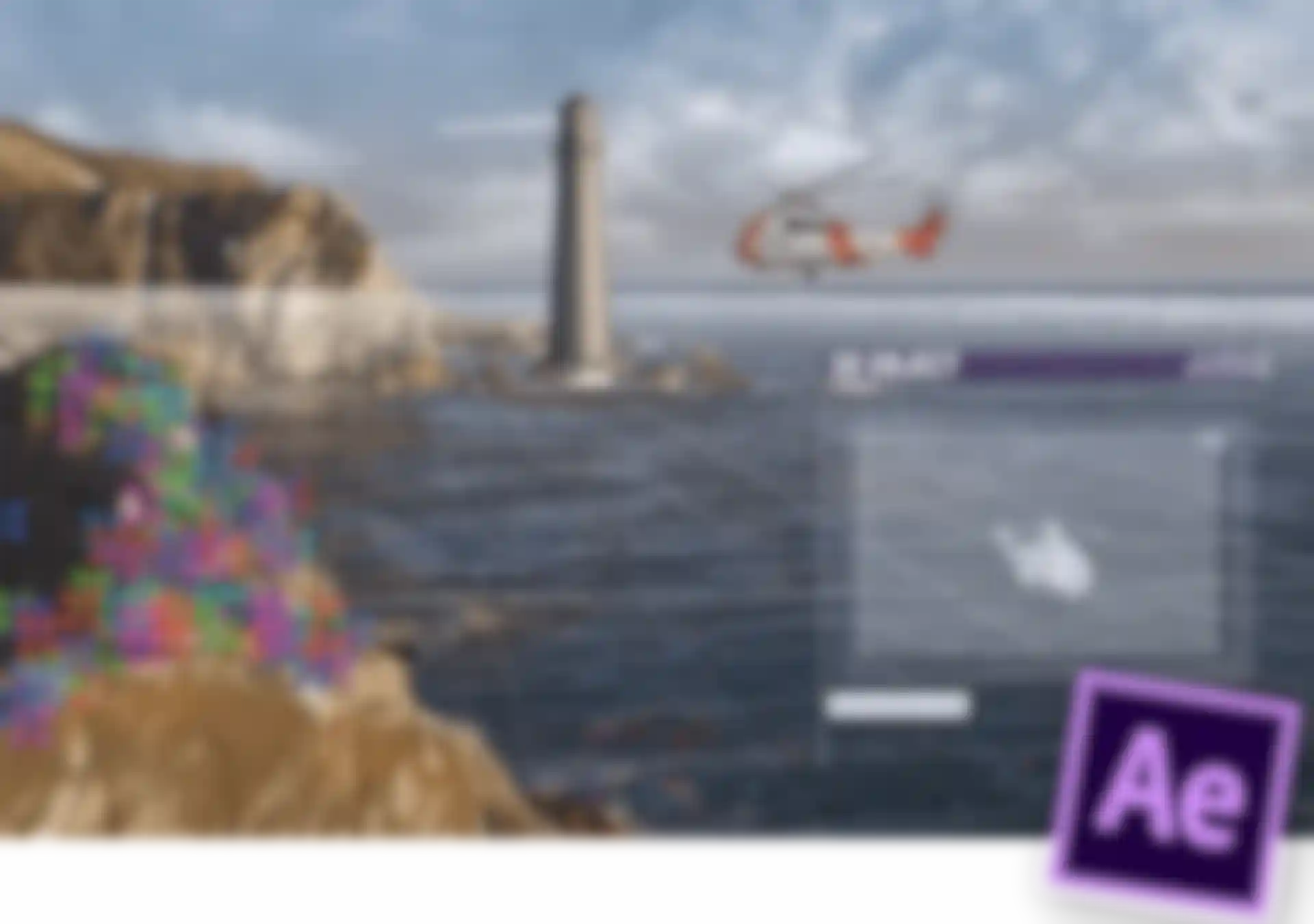
Maxon entered a strategic alliance with Adobe in 2013 to further collaborate on technology that provides creatives in the motion graphics and visual effects industry with new levels of digital media content creation. As a result, Maxon introduced Cineware for After Effects, a new live 3D pipeline between Cinema 4D and Adobe After Effects enabling users to natively import and edit Cinema 4D scenes in After Effects. Today, the seamless integration with Cinema 4D is also available for industry leading DCC applications like Unreal, Adobe Illustrator and BIM/AEC packages Vectorworks, Archicad and Allplan.
In 2018, Nemetschek took a majority ownership position and Maxon’s three original founders - Uwe Bärtels, Harald Egel and Harald Schneider, retired after 32 years of serving the company. David McGavran joined Maxon as its new CEO bringing two decades of international expertise in Media and Entertainment. Under his new leadership, Maxon initiated efforts to expand its product offerings and strengthen its position in current and new markets.
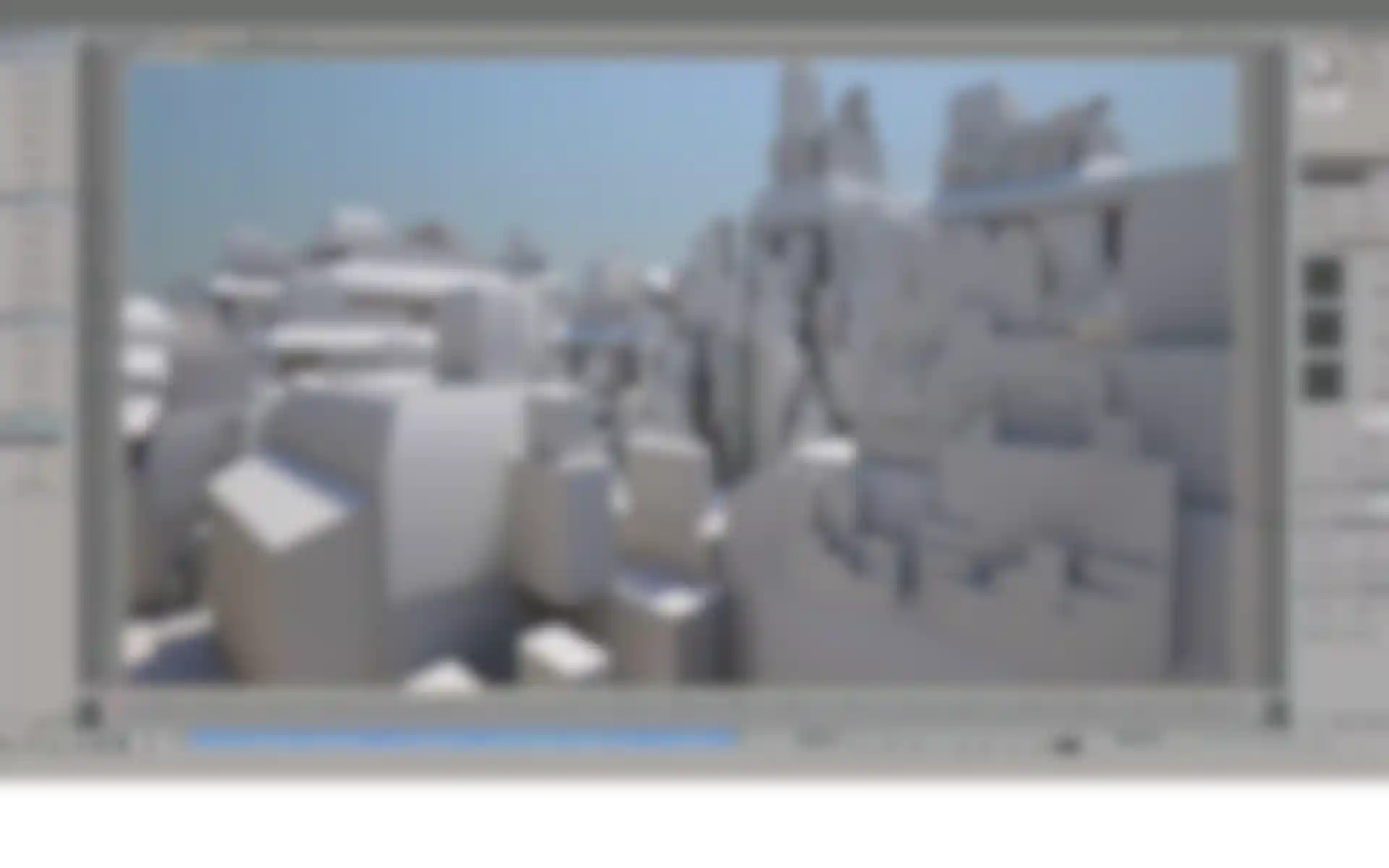
Redshift Rendering Technologies, developers of the world’s first, fully GPU-accelerated, biased renderer Redshift, was acquired by Maxon in 2019. Redshift Rendering Technologies Inc was founded in 2012 by video game and software veterans Panos Zompolas, Rob Slater and Nic Burtnyk. In 2013, Redshift’s first alpha version was released, with support for Softimage XSI and Maya. The first beta version was released in Fall 2013 with the first licenses sold. The release of version 1.0 followed in Spring 2014 and in Fall, support for 3ds Max was added. In 2016, support for Houdini and Cinema 4D was added, Katana in Spring 2017 and Blender in 2019.

In 2020, Maxon merged with Red Giant, creators of unique tools for editors, VFX artists, and motion designers. Founded in 2002, Red Giant’s first products were Knoll Light Factory, built by ILM’s Chief Creative Officer, John Knoll, and post-production color correction toolkit Magic Bullet Looks, developed at The Orphanage by Stu Maschwitz (co-founder and chief technology officer of The Orphanage, now Chief Creative Officer at Maxon), and author of The DV Rebel's Guide.
Red Giant built its brand through award-winning products such as Trapcode, Universe, Supercomp, InstantHD, PluralEyes, Magic Bullet additions Colorista, Cosmo, Film, Mojo, Renoiser, and Denoiser. Their unique, production-friendly tools are staples in the fields of film, broadcast, and advertising.
Red Giant has differentiated itself in the industry through its artist-driven approach to software creation and its popular training content.
Red Giant also cultivated a reputation for innovative filmmaking through a series of short films that also served as a great medium for showing off its product line in action. The first film was the visually remarkable, high-concept, Plot Device directed by filmmaker Seth Worley.
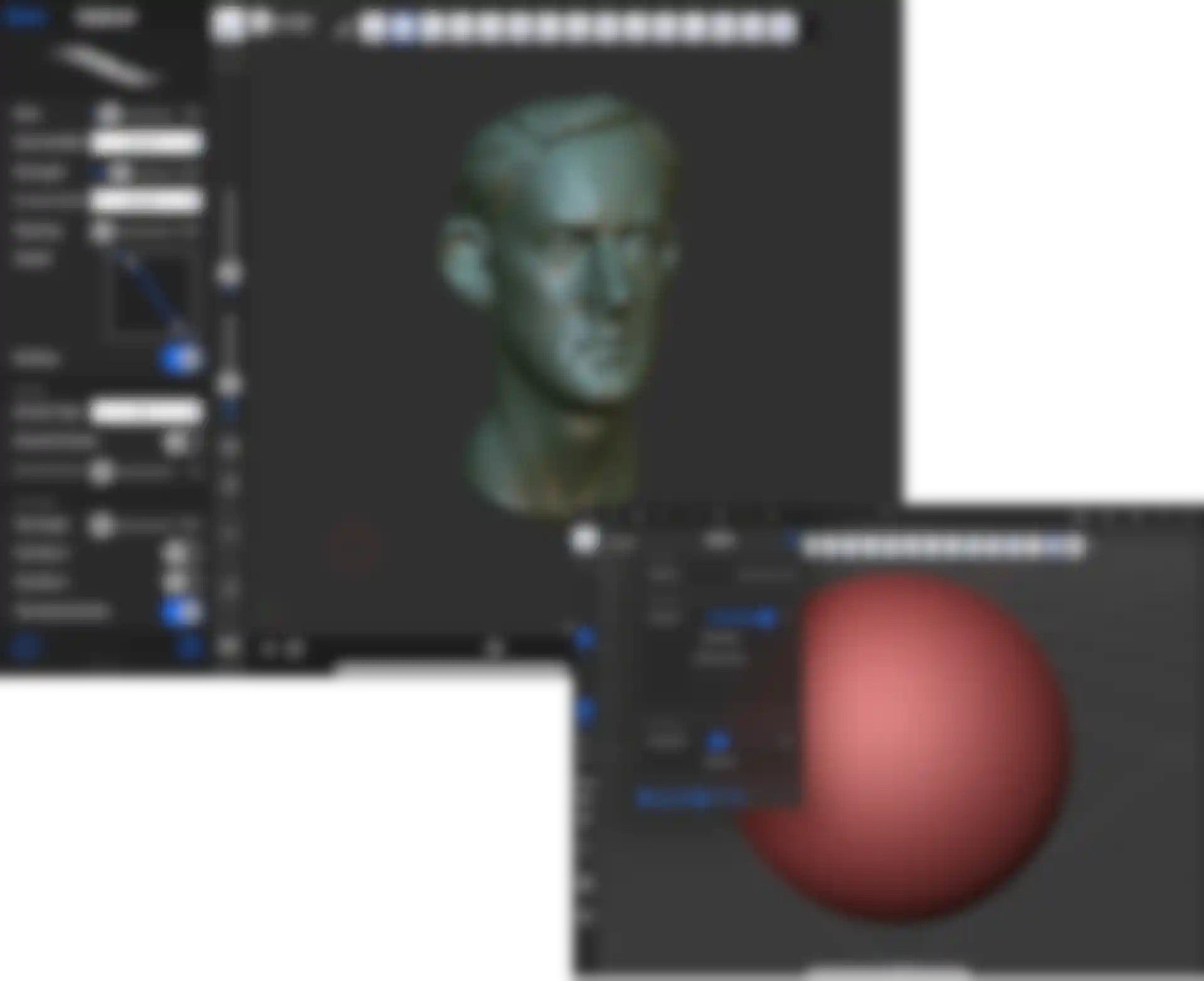
Maxon acquired Forger, the intuitive, desktop-class mobile sculpting app for iOS in 2021. Forger offers an enticing entry into 3D sculpting as well as insights into portable workflows to expand the creative freedom of Maxon’s artistic community. Forger developer, Javier Edo, who started out creating visual effects and pipeline tools for award-winning production companies became a permanent member of the Maxon family.
That same year, Maxon also acquired Bang, a fully procedural 3D muzzle flare generator that enables the quick and easy inclusion of muzzle flashes to footage. Bang was immediately incorporated into the VFX Suite of products with several improvements from the previous public version, enhancing both the visual quality and user experience.
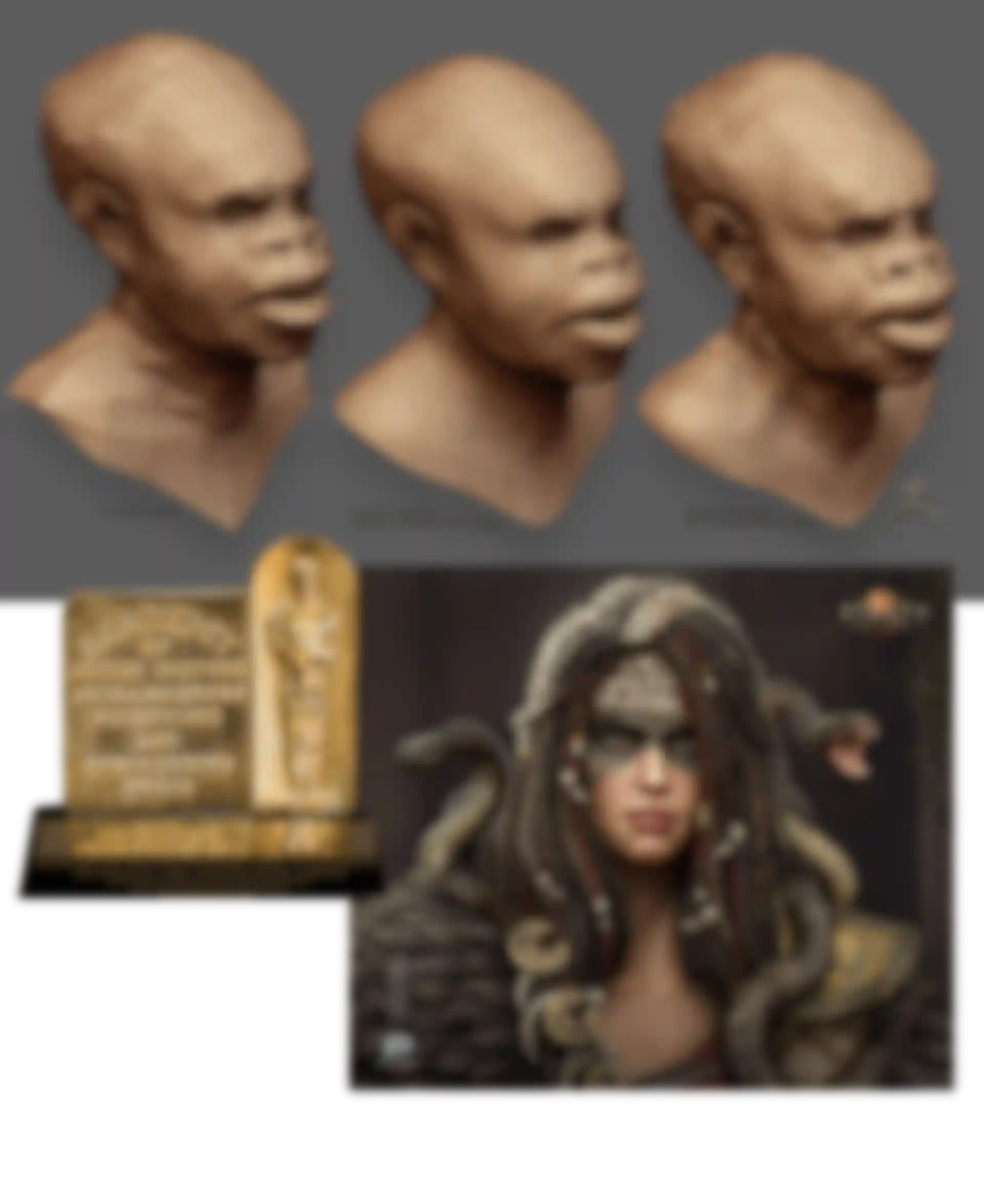
In 2022, Maxon acquired ZBrush, the Academy Award-winning sculpting and painting software. Developed by Pixologic, ZBrush has been a game changer since its debut at Siggraph in 1999. Thanks to its team working tirelessly and passionately for two decades, Subsequently, it subsequently transformed countless careers and the industry itself. ZBrush is used by respected film studios, game developers, designers, advertisers, illustrators, and scientists around the world. In 2014, Ofer Alon, founder of Pixologic and creator of ZBrush received an academy award for technical achievement.
The industry’s top creatives have employed ZBrush for nearly every major franchise including Dune, Star Wars, Avatar, the Marvel Universe, Game of Thrones, Lord of the Rings/Hobbit and more. Its versatility has also made it an integral part of animated features such as Frozen, Tangled, Zootopia, Moana, Raya and the Last Dragon, and Encanto. ZBrush has also been used extensively in Triple A games including Fortnite, the God of War Franchise, Uncharted Franchise, Assassin's Creed Franchise, Far Cry Franchise, The Division Franchise, and more.